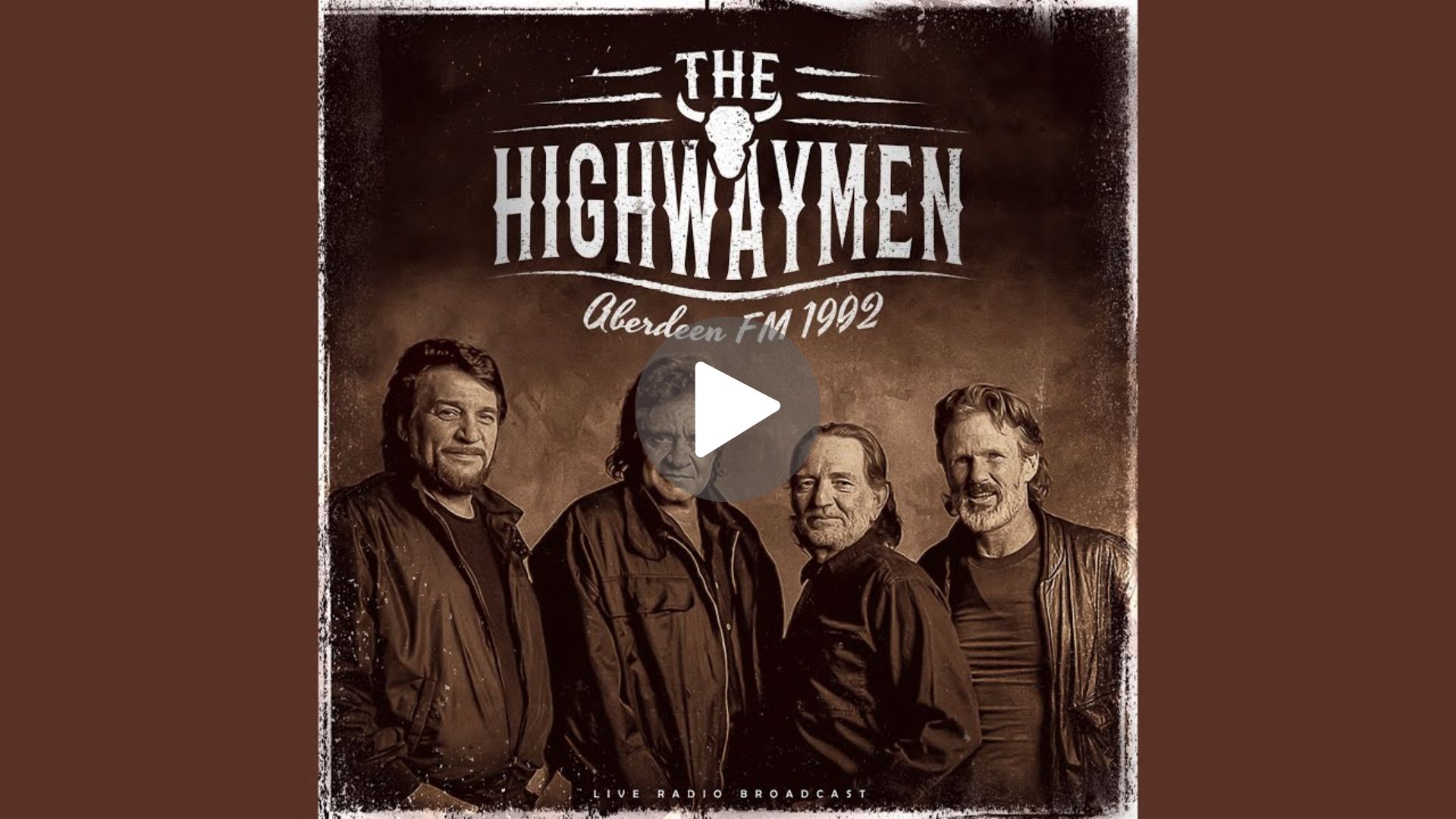The story told in “Riders in the Sky” is a haunting one, revolving around the eerie vision of a cowboy who witnesses ghostly riders in the sky. These spectral figures are the spirits of long-dead cowboys, condemned to ride forever in the afterlife, chasing a herd of ghostly cattle across the sky. The imagery in the lyrics—of “ghost riders in the sky”—captures the essence of the American Western mythos, blending the themes of death, eternity, and the frontier spirit. The song is a meditation on the passage of time, the inevitability of death, and the consequences of one’s actions in life. The cowboy’s encounter with the riders serves as a chilling warning to “ride, ride, ride,” lest one too ends up as part of the eternal chase across the skies.
Kristofferson’s version of “Riders in the Sky” is unique in its delivery, as he adds a deeper layer of introspection and poignancy to the song. His voice, weathered by years of experience and heartbreak, brings an authenticity to the haunting tale. The production on this track is sparse but effective, focusing on the lyrics and Kristofferson’s voice. It allows the song’s themes to take center stage, with minimal distractions. The arrangement supports the narrative with atmospheric, Western-inspired instrumentation—whistling winds, steel guitars, and subtle percussion—that evokes the vastness of the Western frontier and the ghostly landscape the riders traverse.
The song holds a special place in the American musical landscape. “Riders in the Sky” has become an enduring part of Western music tradition, popularized not only by Kristofferson but also by numerous other artists over the years, including Vaughn Monroe, Johnny Cash, and The Outlaws. Kristofferson’s version, however, is unique in that it melds the Western genre with his signature storytelling style, creating a more reflective, almost cinematic quality to the track. In many ways, Kristofferson’s interpretation bridges the past with the present, breathing new life into an old Western classic and making it accessible to a new generation of listeners.
From a societal perspective, “Riders in the Sky” also touches upon the continuing fascination with the American West, a time and place that has been mythologized in the country’s collective consciousness. The song’s ghostly riders are symbolic of the harsh realities of frontier life—where death was often sudden and untimely—and of the ways in which the American West continues to haunt the national psyche, long after the frontier was closed. It taps into the archetype of the cowboy, not just as a romanticized figure but also as a symbol of struggle and inevitable mortality. The theme of redemption—or the lack thereof—resonates deeply in a country where the myth of the “self-made” man is still prevalent. Kristofferson’s version of the song reflects his ability to convey profound truths about human existence in a simple, straightforward manner.
“Riders in the Sky” also reflects a time in Kristofferson’s own career when he was reflecting on his place in the world. By the mid-1980s, Kristofferson had already established himself as a major figure in both the country and folk music scenes, known for his honest, sometimes gritty approach to songwriting. His version of “Riders in the Sky” is an example of how he could take a traditional song and infuse it with a deeper, personal meaning. In doing so, he turned it into something more than just a folk ballad—it became a meditation on life, legacy, and the ghosts of the past.
In conclusion, “Riders in the Sky” by Kris Kristofferson is more than just a retelling of a Western tale; it is a song that delves into the human condition, with themes of death, regret, and the passage of time. Released in 1985 on his Repossessed album, Kristofferson’s haunting version of this classic Western song breathes new life into an old legend. Through his reflective interpretation, he connects the imagery of the American West to universal human experiences, making “Riders in the Sky” an enduring piece of American musical folklore. The song remains a powerful reminder of the American cowboy mythos, while simultaneously speaking to the timeless themes of life and mortality.

